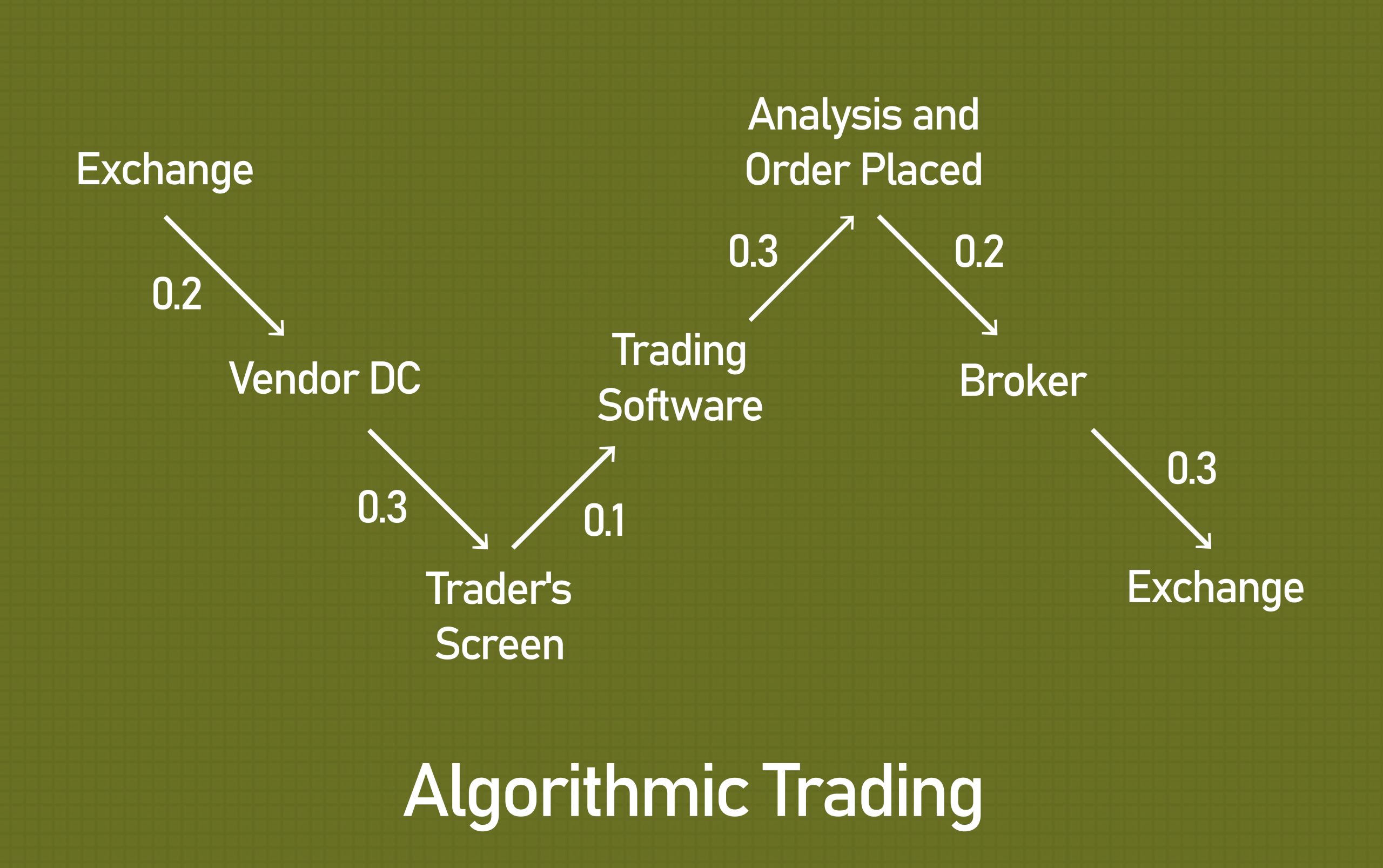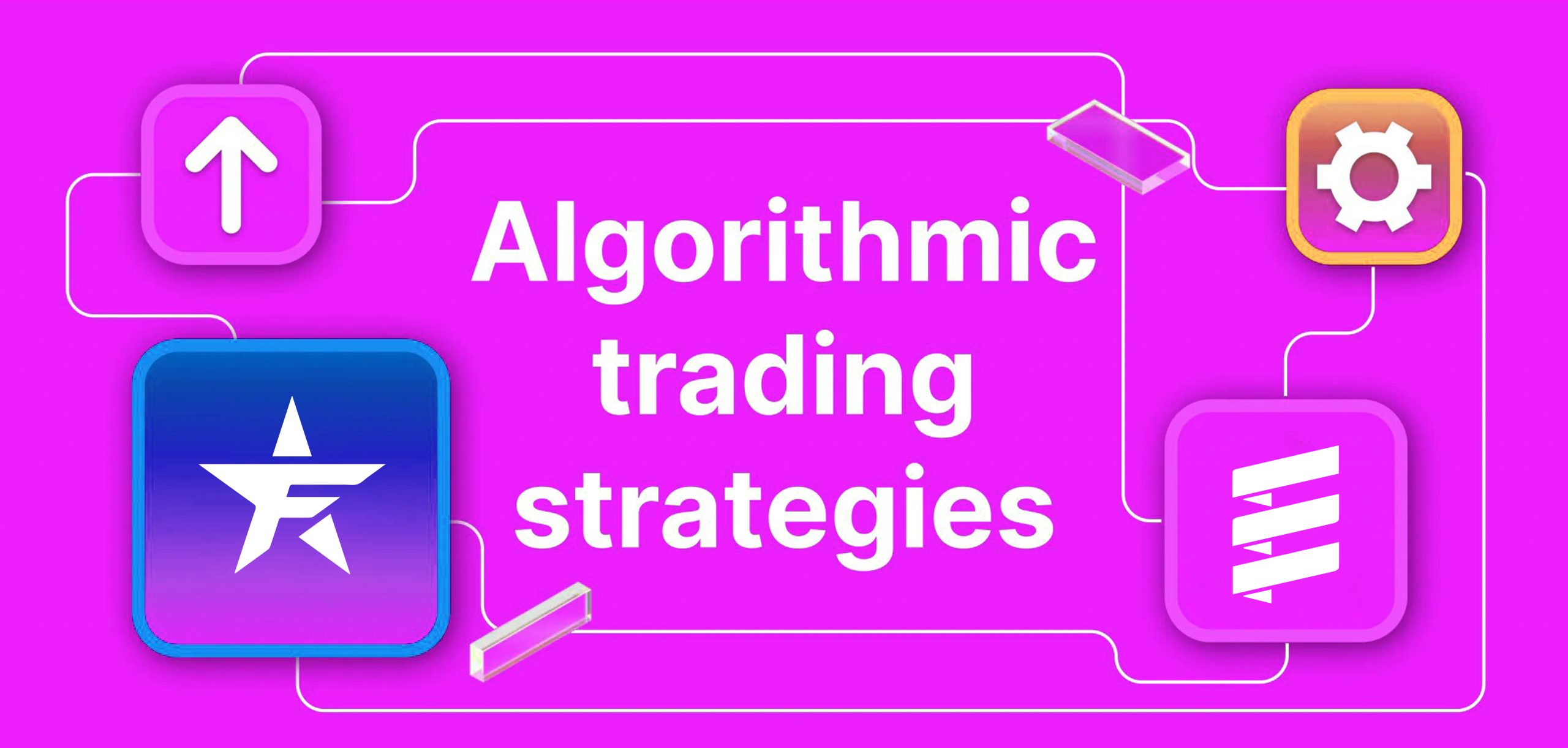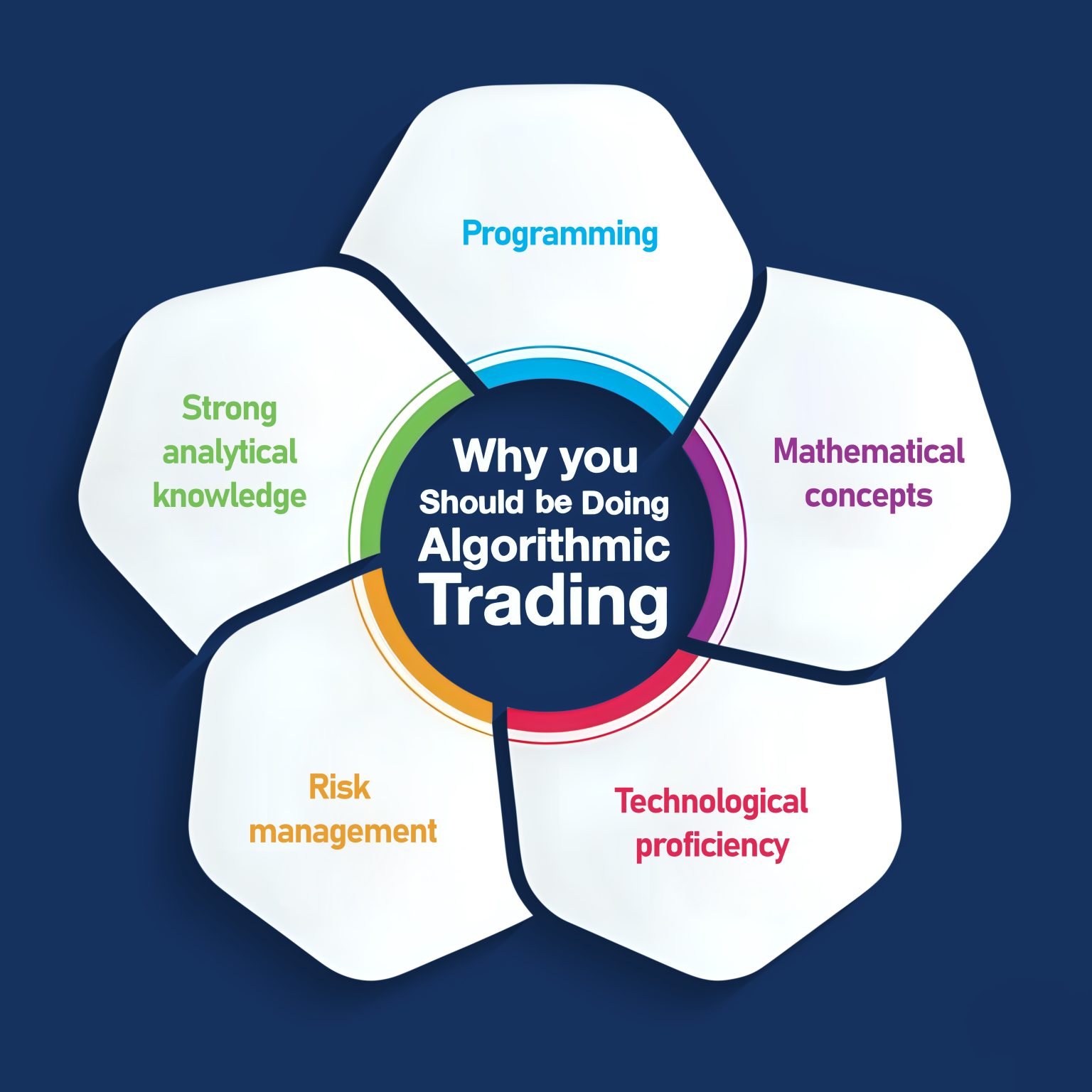Tech Meets Trade: Exploring Algorithmic Strategies in Crypto and Forex
Imagine a world where financial trading is dominated not by human instinct but by the precision and speed of technology. This is not the stuff of science fiction; it is the present-day landscape of financial markets, all thanks to algorithmic trading. Here, complex algorithms dictate the ebb and flow of the markets, processing vast amounts of data to make split-second decisions. But how does this digital brain actually work, and what drives its dominance in the volatile arenas of crypto and forex trading? Let us take a closer look at algorithmic trading and explore its profound impact on the financial world.
Understanding Algorithmic Trading
At its core, algorithmic trading refers to the use of computer programs to execute trading orders at speeds and frequencies that are impossible for human traders. These algorithms follow a set of predefined instructions based on timing, price, volume, or other mathematical models. The goal is to identify profitable trading opportunities at a speed and frequency that enhance profitability.

Understanding Algorithmic Trading
At its core, algorithmic trading refers to the use of computer programs to execute trading orders at speeds and frequencies that are impossible for human traders. These algorithms follow a set of predefined instructions based on timing, price, volume, or other mathematical models. The goal is to identify profitable trading opportunities at a speed and frequency that enhance profitability.
The roots of algorithmic trading trace back to the 1970s with the introduction of computerized trading systems. However, it was the advent of high-frequency trading in the early 21st century that truly revolutionized the landscape. This evolution was fueled by advancements in technology and the proliferation of electronic trading platforms, allowing algorithms to analyze market conditions and execute orders in milliseconds.
Algorithmic Trading in Forex Markets
The forex market, known for its high liquidity and 24-hour trading cycle, presents an ideal playground for algorithmic trading. This global currency exchange market, with a daily turnover exceeding 6 trillion USD, offers continuous opportunities for algorithms to exploit.
Key Strategies in Forex Algorithmic Trading:
- Arbitrage: This strategy seeks to capitalize on price discrepancies across different markets or pairs. Algorithms quickly identify these gaps and execute simultaneous trades to profit from the differences.
- Trend Following: Algorithms in this strategy identify and follow market trends, making trades based on directional movements of currency pairs.
- Mean Reversion: This approach is based on the theory that prices and returns eventually move back towards the mean or average. Algorithms identify when currencies are overextended and trade back towards the historical average.
Benefits and Challenges
The implementation of algorithmic trading in forex offers numerous benefits, including increased efficiency, the ability to analyze and trade multiple currency pairs simultaneously, and reduced emotional bias. However, challenges include the need for constant algorithm updates to adapt to market changes, the risk of over-reliance on technology, and potential connectivity and technical issues that could disrupt trading strategies.
Algorithmic Strategies in Cryptocurrency Trading
The world of cryptocurrency, known for its volatility and decentralization, has become a fertile ground for the application of algorithmic trading. Unlike traditional markets, crypto markets operate 24/7, offering continuous opportunities for algorithms to operate.
Adapting Strategies for Crypto Markets
Here are some of the best crypto market strategies:
- High-Frequency Trading (HFT): In crypto, HFT algorithms capitalize on small price gaps created by order flow or market inefficiencies.
- Market Making: Algorithms provide liquidity to the market by buying and selling to traders, profiting from the bid-ask spread.
- Arbitrage Strategies: Similar to Forex, but more pronounced due to the fragmented nature of crypto exchanges and the significant price differences that can occur between them.

Impact of Volatility and Liquidity
The inherent volatility of cryptocurrency markets can lead to rapid and significant price movements, which algorithms can exploit for profits. However, this volatility also poses a risk of substantial losses if not managed correctly. Additionally, liquidity varies greatly across different crypto markets, which can affect the performance of algorithmic strategies. Algorithms need to be designed to account for these factors, ensuring they adapt to the rapidly changing conditions of the crypto market.
Technologies Powering Algorithmic Trading
Algorithmic trading is underpinned by a sophisticated technological infrastructure, integrating various advanced tools and methodologies to execute complex strategies efficiently.
- Trading Bots and Automated Systems: These are the workhorses of algorithmic trading. Trading bots are programmed to execute trades based on specific market conditions and can operate around the clock, handling tasks that would be impossible for human traders.
- AI and Machine Learning: These technologies play a crucial role in refining trading algorithms. They enable systems to learn from market data and continually improve their decision-making processes. Machine learning models can identify subtle patterns and trends in the market, which can be leveraged for predictive analysis.
- Blockchain Technology: In the realm of cryptocurrency, blockchain technology not only underpins the currencies themselves but also aids in secure, transparent trading practices. It ensures integrity and trust in the trading process, a vital component in decentralized markets.
- Data Analysis and Real-Time Processing: Effective algorithmic trading relies heavily on the analysis of vast amounts of market data. Real-time processing capabilities are essential for algorithms to react instantly to market changes, making timely and informed trading decisions.
Risk Management in Algorithmic Trading
Risk management is a critical component of successful algorithmic trading, involving several strategies and tools:

- Risk Assessment Strategies: These include setting predetermined risk limits on trades, diversifying trading strategies to spread risk, and continuously monitoring market conditions for potential risk factors.
- Backtesting and Simulation: Before deploying an algorithm in live markets, it is tested against historical market data (backtesting) to evaluate its performance under various market conditions. Simulation tools further allow traders to test algorithms in a risk-free environment.
Regulatory Landscape for Algorithmic Trading
The regulatory environment for algorithmic trading in crypto and forex markets is an evolving landscape:
- Current Regulations: Most countries have regulations governing algorithmic trading to ensure market integrity and prevent manipulative practices. These include requirements for transparent reporting, market surveillance, and risk management protocols.
- Challenges and Future Implications: As the markets evolve, regulatory bodies face challenges in keeping up with the pace of technological advancements. Future regulatory changes are expected to focus on enhancing market transparency, protecting investors, and ensuring the stability of financial systems.
Future Trends and Predictions
Looking ahead, algorithmic trading in crypto and forex markets is poised for significant evolution:
- Predictions for the Future: We can expect a greater integration of AI and machine learning, leading to more sophisticated and autonomous trading algorithms. The growth of decentralized finance (DeFi) is likely to influence algorithmic trading strategies in the crypto market.
- Impact of Emerging Technologies and Market Trends: Technologies like blockchain, AI, and the growing trend of social trading (where trading strategies are based on social indicators) are set to redefine algorithmic trading. These technologies will bring about more efficient, secure, and user-friendly trading platforms, potentially opening up algorithmic trading to a broader demographic.
Wrapping Up
In summary, algorithmic trading is at the forefront of innovation in the financial markets, continually adapting to changes in technology, market dynamics, and regulatory landscapes. Its future in the realms of crypto and forex is bright, with the potential to bring about more efficient, inclusive, and transparent trading environments.
